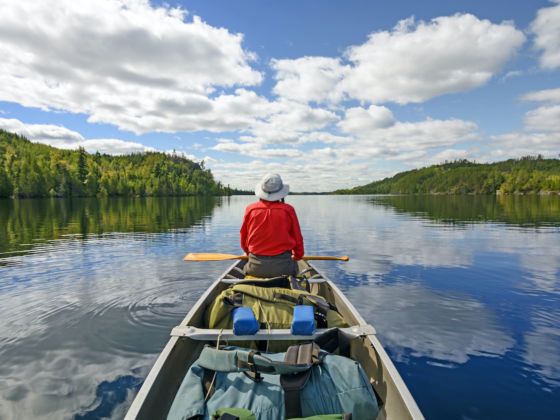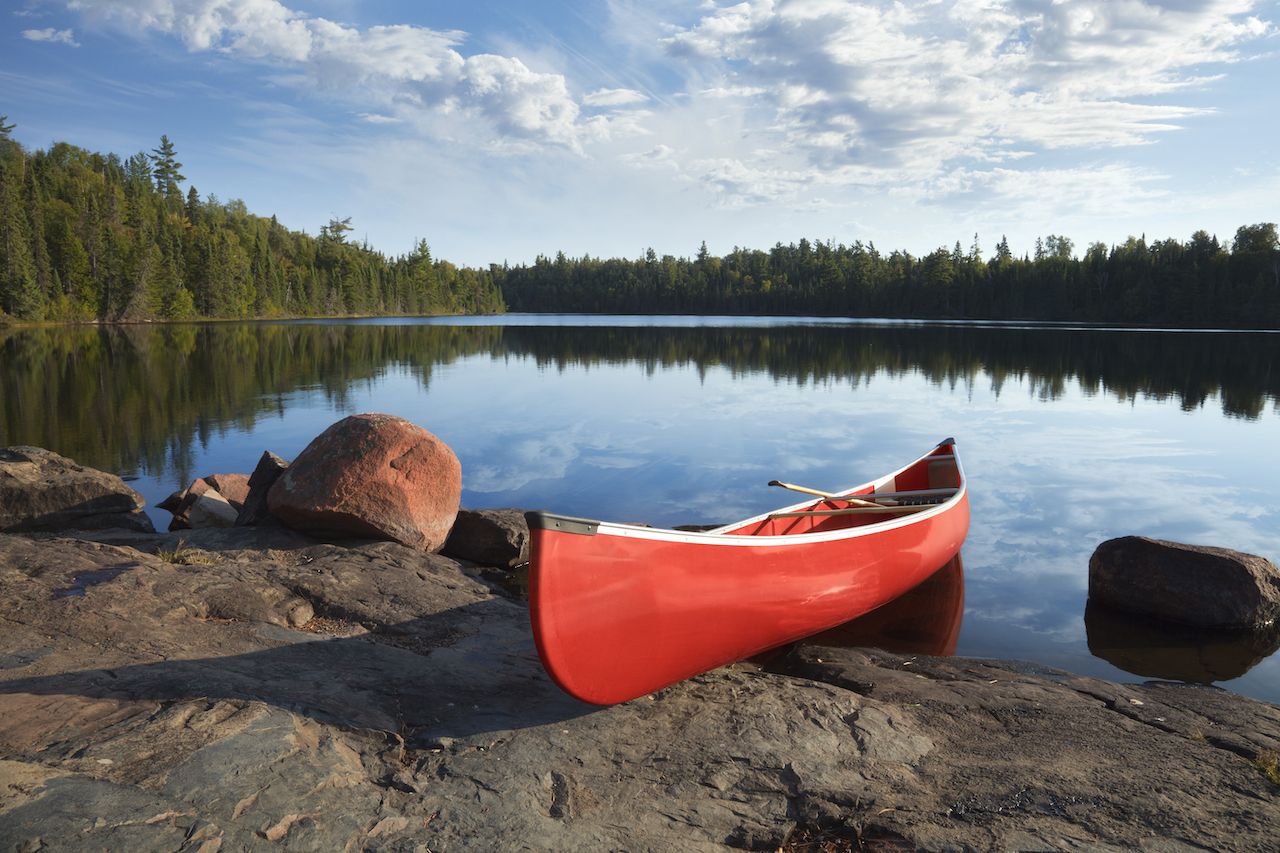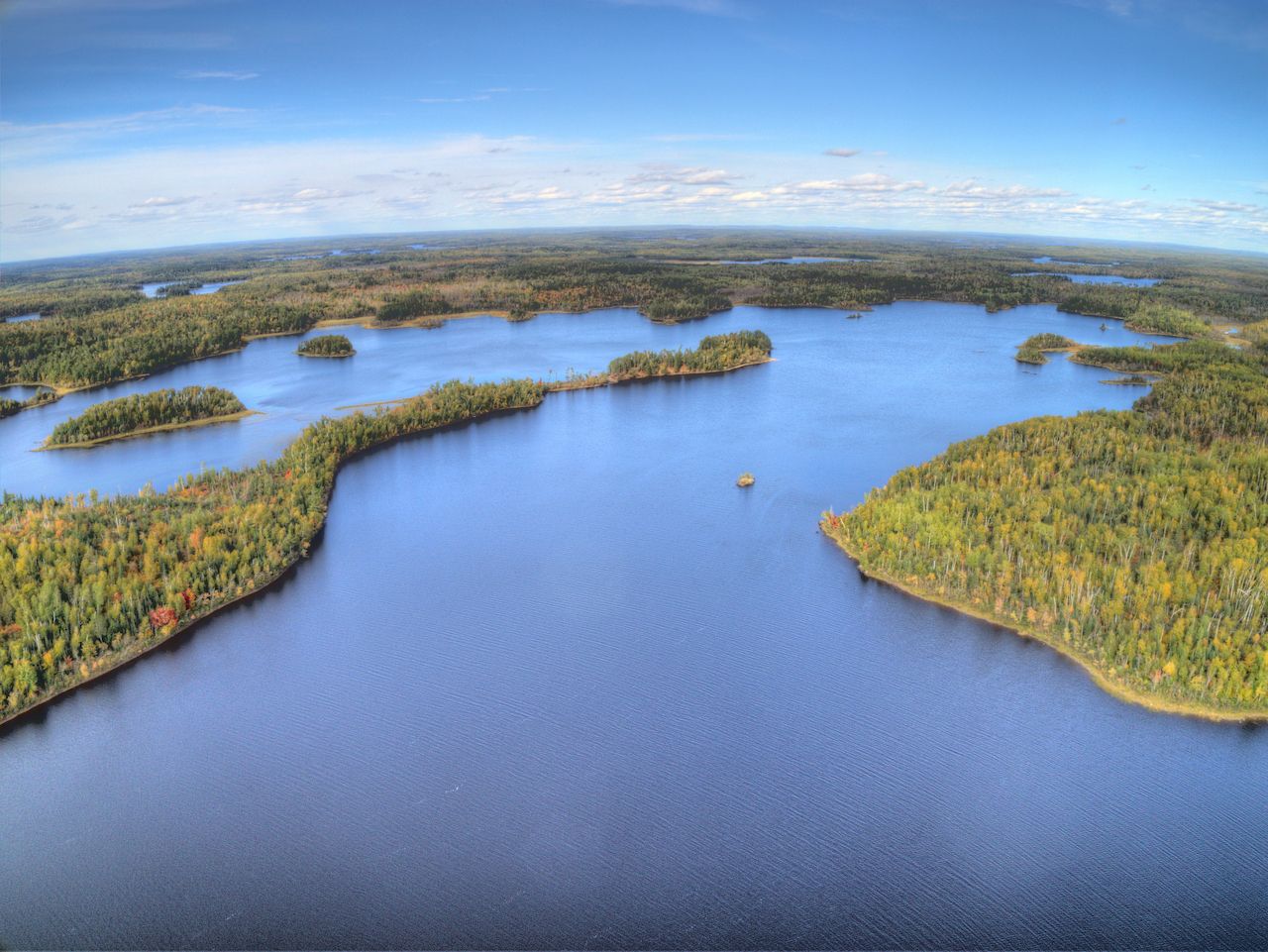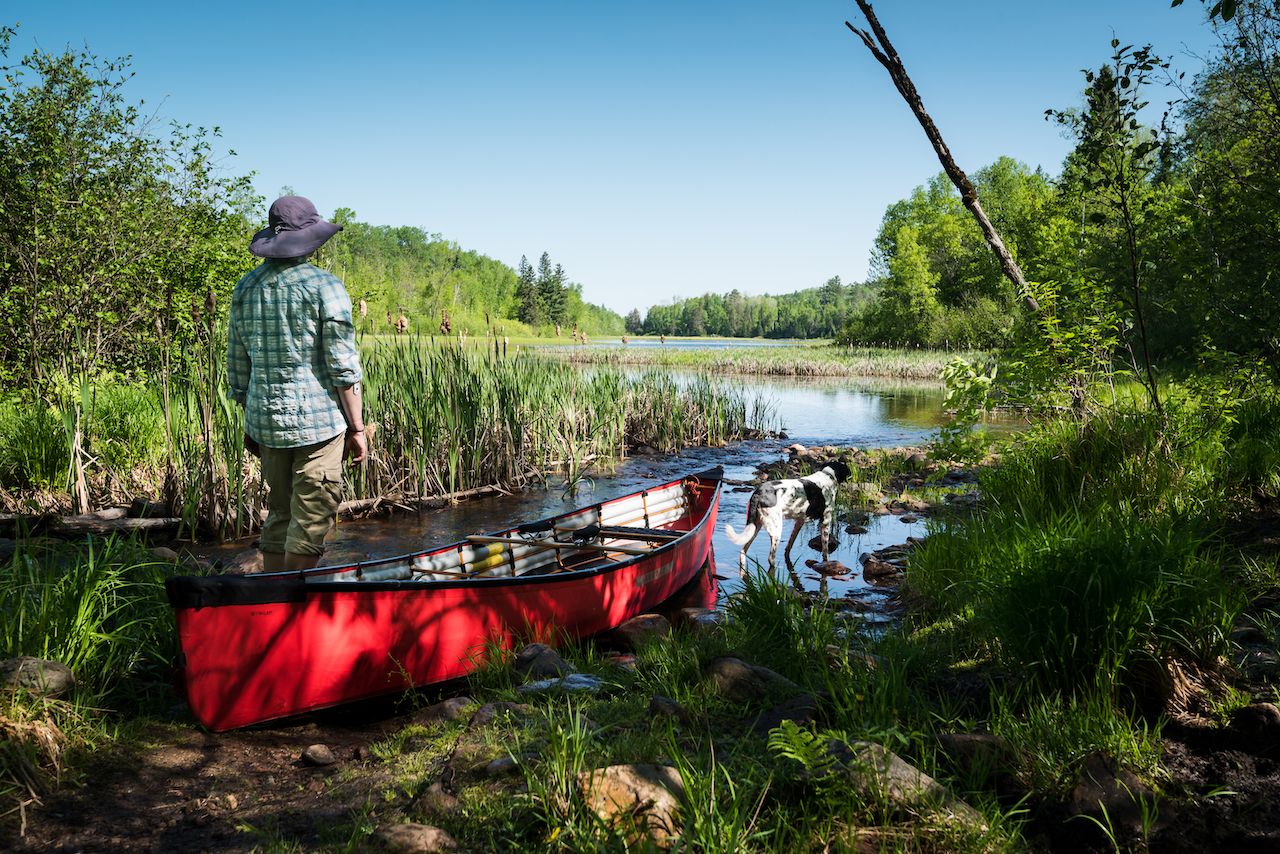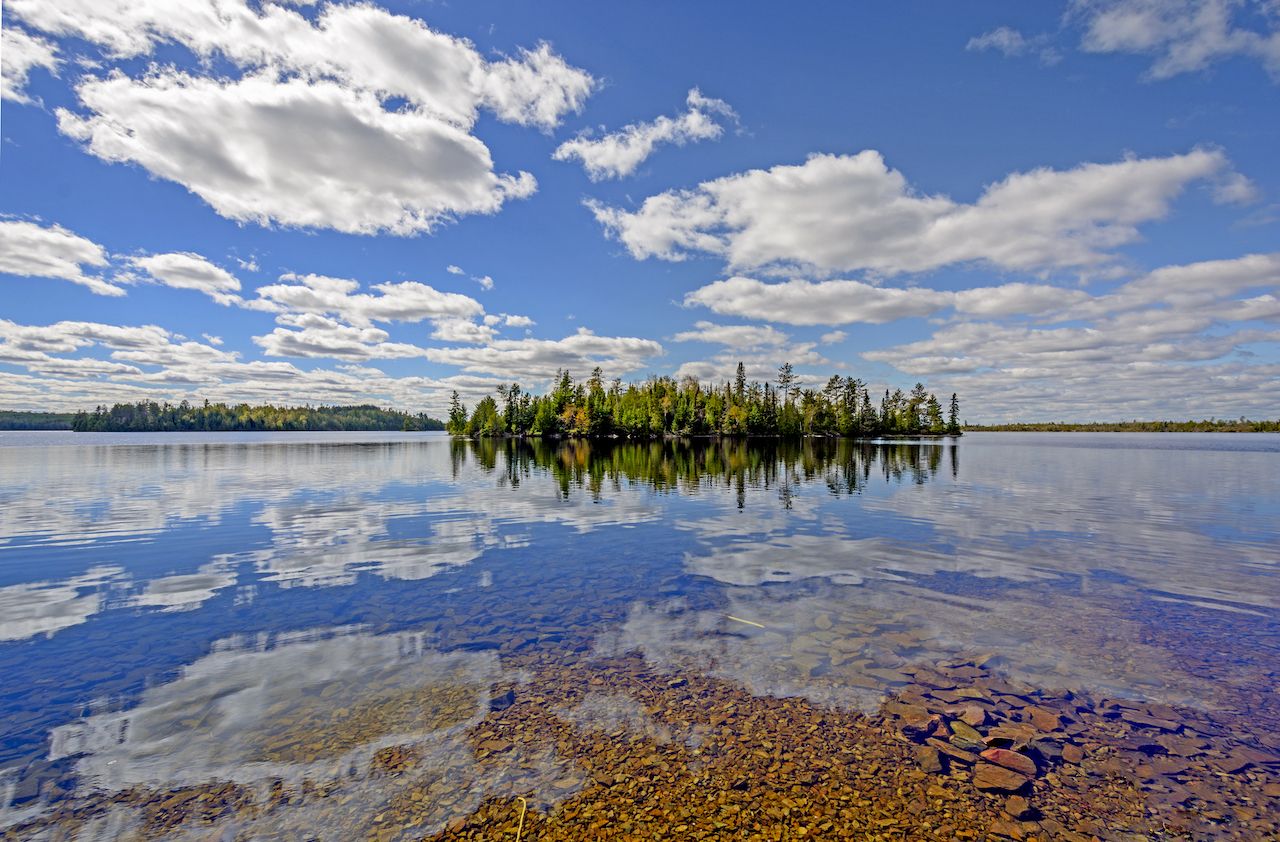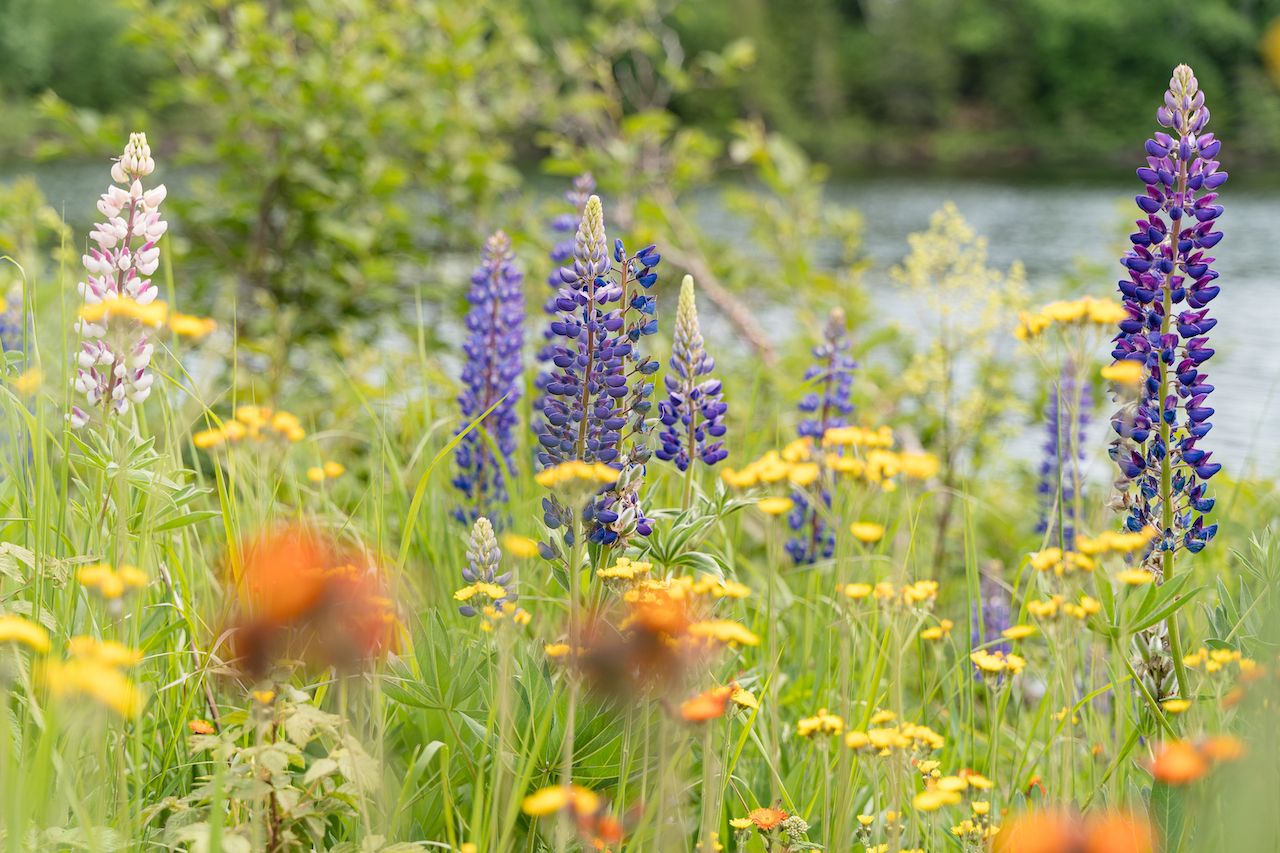That the Minnesota Boundary Waters Canoe Area Wilderness (BWCAW) is one of the most spectacular locations in a continent filled with them is not the question. Sharing a 150-mile border with Canada in northern Minnesota, it spans more than a million acres filled with 1,100 lakes and 1,200 miles of canoe and kayak routes. Its abundant wildlife, from moose to dam-building beavers, can be seen in its pristine forests and clear lakes, which themselves teem with fish, while multiple bird species fly overhead.
So, no, the question isn’t whether to add the BWCAW to your bucket list. The question, rather, is how to tackle this immense, and immensely beautiful, place. The good news is that, despite its remote location, Boundary Waters can be enjoyed by even first-time paddlers.
